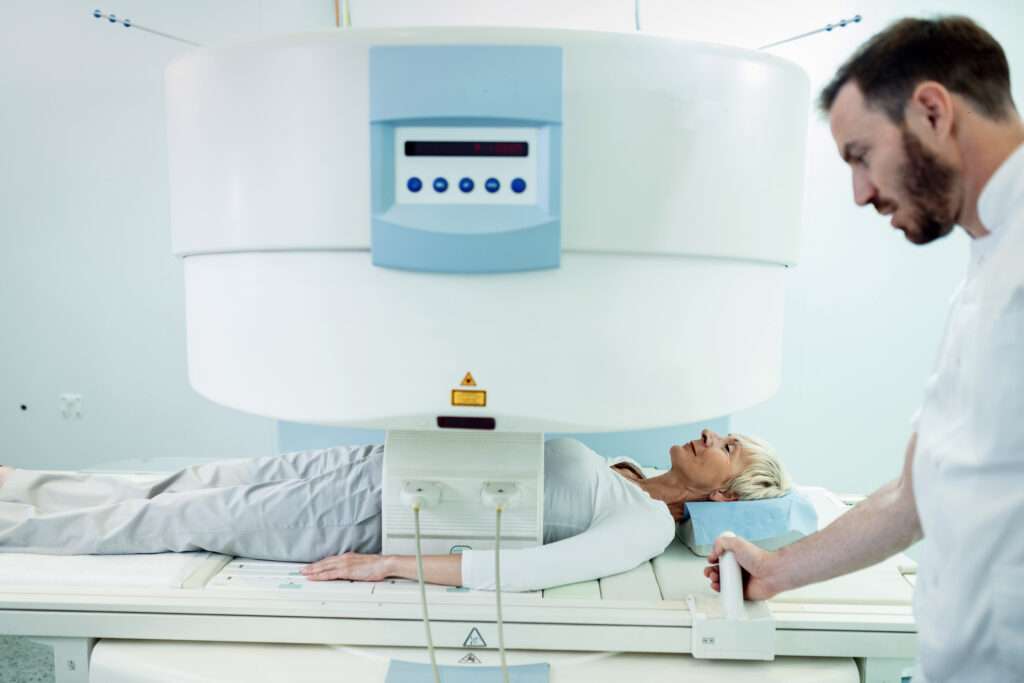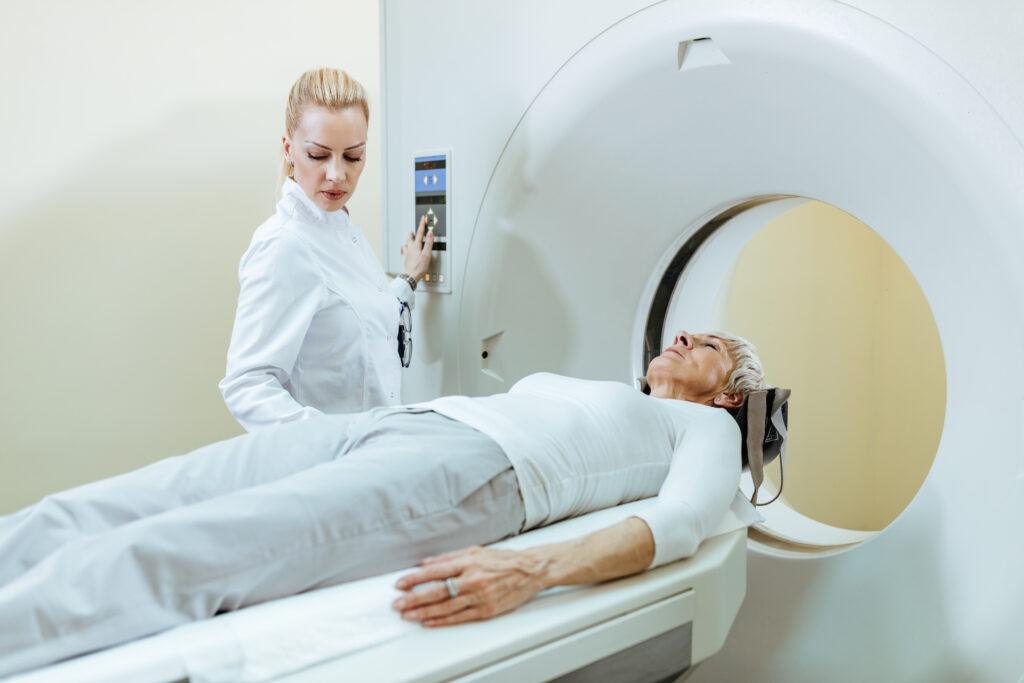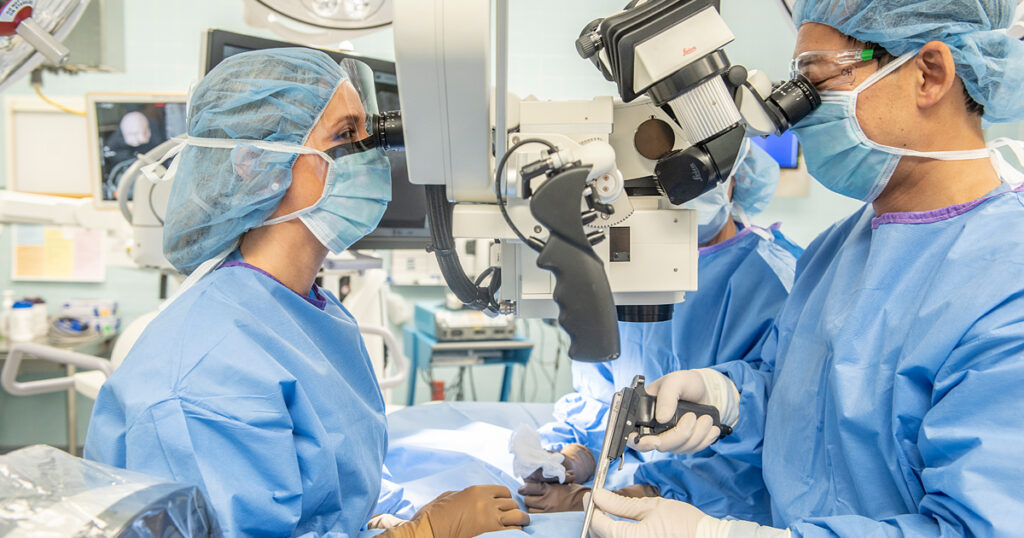Computed Tomography (256 Slice CT) is a highly advanced imaging technology that provides detailed, high-resolution cross-sectional images of the body. By capturing multiple slices simultaneously, this system allows specialists to visualize internal structures with exceptional clarity, speed, and accuracy. It plays a crucial role in modern medical diagnostics within the field of medical technologies.

The Evolution of Computed Tomography
Traditional CT scanners captured a limited number of slices per rotation, often requiring longer scanning times and exposing patients to higher radiation doses. Early systems provided essential imaging but lacked the speed and resolution needed for complex cases.
The introduction of multi-slice CT scanners, and particularly the 256-slice CT, has revolutionized medical imaging. By acquiring a large number of slices in a single rotation, these systems provide detailed 3D reconstructions of organs, vessels, and tissues while minimizing scan time and enhancing patient comfort.
How 256-Slice CT Works
A 256-slice CT scanner consists of an X-ray source and a series of detectors arranged in a circular gantry. As the gantry rotates around the patient, the X-ray beams pass through the body and are detected by the sensors. Advanced reconstruction algorithms process the data to produce high-resolution cross-sectional images.
The large number of detectors allows the acquisition of 256 slices simultaneously, enabling rapid imaging of large anatomical regions. Combined with 3D reconstruction software, specialists can visualize complex structures such as the heart, brain, and vascular system in remarkable detail.
Key Advantages of 256-Slice CT Technology
- High-Speed Imaging
The system captures images rapidly, reducing scanning time and improving patient comfort, particularly for critical or emergency cases. - High Resolution and Accuracy
256-slice CT provides detailed visualization of organs, blood vessels, and soft tissues, enhancing diagnostic confidence and accuracy. - Comprehensive 3D Imaging
Advanced reconstruction algorithms allow creation of detailed 3D models for preoperative planning, intervention guidance, and research applications. - Reduced Radiation Exposure
Efficient data acquisition minimizes radiation dose compared to multiple sequential scans, enhancing patient safety. - Versatility Across Clinical Applications
The system is suitable for cardiac imaging, neuroimaging, oncology assessments, trauma evaluation, and vascular studies.

Applications Across Medical Fields
Cardiology
256-slice CT enables non-invasive coronary artery imaging, cardiac functional assessment, and detection of vascular anomalies with high precision.
Neurology
Rapid, high-resolution scans support stroke evaluation, brain tumor assessment, and neurovascular imaging.
Oncology
Detailed imaging aids in tumor detection, staging, and treatment planning, including pre-surgical evaluation and radiotherapy guidance.
Trauma and Emergency Medicine
The speed and resolution of 256-slice CT make it ideal for evaluating complex injuries in emergency settings, including multi-organ trauma.
Vascular Imaging
The system provides accurate visualization of blood vessels, aneurysms, and blockages, supporting intervention planning and follow-up.
Integration of Advanced Imaging and AI
Modern 256-slice CT systems incorporate AI-assisted reconstruction and analysis tools. Machine learning algorithms enhance image quality, detect abnormalities, and provide automated measurements, reducing interpretation time and improving diagnostic accuracy. Integration with surgical planning and navigation systems further enhances clinical utility.
Challenges and Future Perspectives
While 256-slice CT offers remarkable capabilities, it requires specialized infrastructure, trained personnel, and careful management of radiation exposure. High equipment costs can limit accessibility.
Future developments focus on improving detector sensitivity, faster scanning speeds, lower radiation doses, and enhanced AI-driven analysis. These innovations will expand the applications and accessibility of high-resolution CT imaging.
The Broader Impact on Medical Technologies
256-slice CT exemplifies the convergence of high-speed imaging, advanced detector technology, and AI integration. By providing rapid, precise, and comprehensive visualization, it enhances diagnostic confidence, supports personalized care, and improves patient outcomes. Its technology also influences broader medical imaging developments, promoting more efficient and accurate diagnostic workflows.
Conclusion
Computed Tomography (256 Slice) has transformed medical imaging by delivering high-resolution, rapid, and comprehensive visualization of internal structures. Its integration of advanced detectors, 3D reconstruction, and AI-assisted analysis enhances diagnostic precision, reduces scanning time, and supports patient-centered care, establishing it as a cornerstone of modern medical technology.




